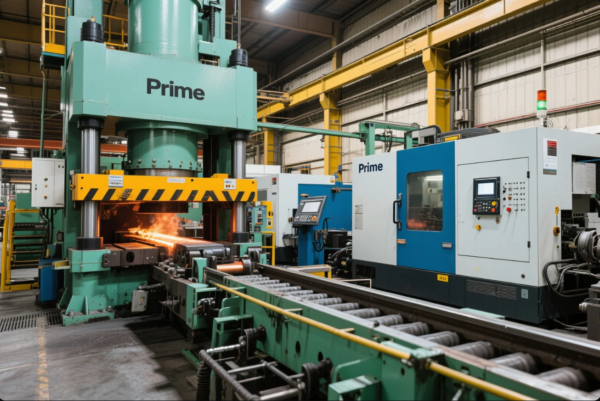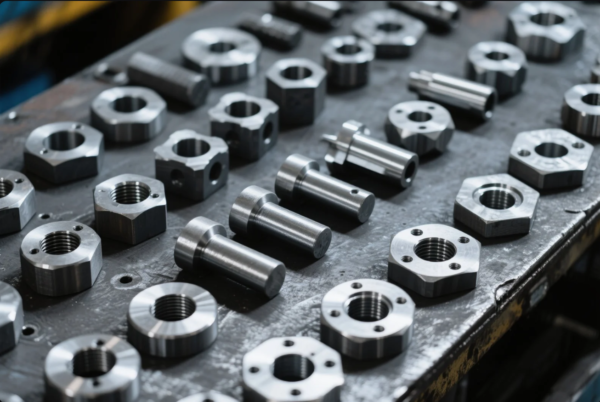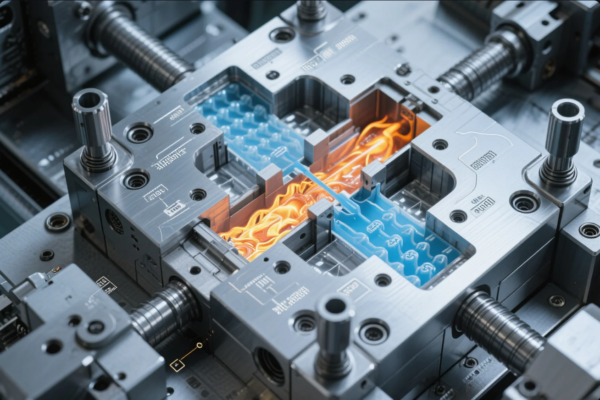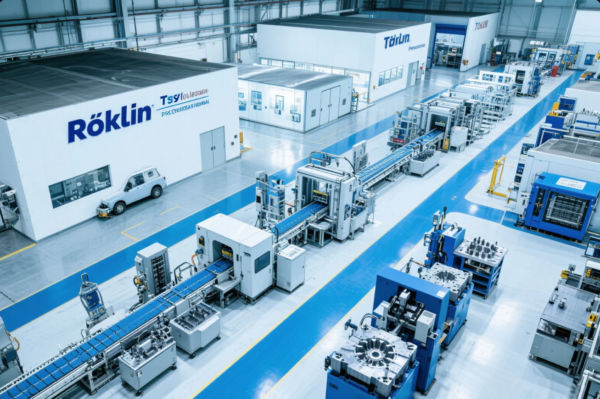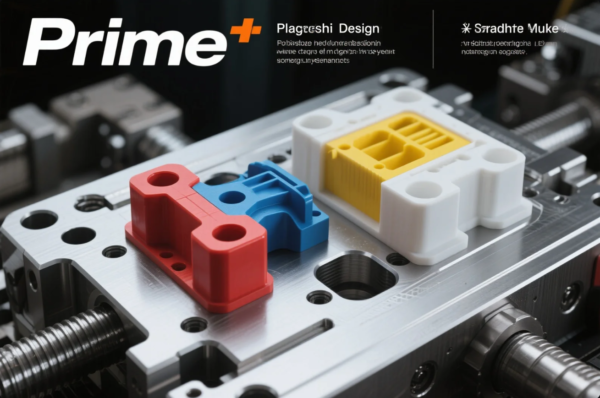Top 7 Ways to Reduce Lead Time in Custom Metal Mold Production?

Delays in mold delivery can shut down production lines and break client trust.
Reducing lead time in custom metal mold production means faster prototyping, smarter design workflows, and better supplier coordination. Companies that streamline these steps gain a competitive edge through faster time-to-market and reduced cost.
Here are seven proven ways to cut mold production lead time without sacrificing quality.
Table of Contents
- 1. Use Digital Prototyping and Mold Flow Simulation
- 2. Standardize Mold Base and Modular Components
- 3. Choose the Right Mold Material from the Start
- 4. Work With ISO-Certified and Vertically Integrated Suppliers
- 5. Apply Concurrent Engineering Instead of Sequential Workflow
- 6. Use Advanced CNC and EDM Machines
- 7. Plan for Maintenance and Revision Loops
- FAQs
- Conclusion
1. Use Digital Prototyping and Mold Flow Simulation
Simulate before you machine.
Digital prototyping with tools like Autodesk Moldflow or SolidWorks Plastics lets engineers visualize potential issues—before cutting steel.

| Process Step | Traditional Time | With Simulation |
|---|---|---|
| Flow analysis | 5 days | 1 day |
| Rework corrections | 2–3 iterations | Often 1 time |
| Final approval | Delayed | Faster |
By identifying short shots, warping, or air traps early, Prime helps clients avoid costly delays in production.
2. Standardize Mold Base and Modular Components
Standard parts = faster delivery.
Instead of designing a mold base from scratch, use off-the-shelf components from suppliers like DME or HASCO. Modular components allow quick replacement and adjustment.

| Modularization Advantage | Lead Time Impact |
|---|---|
| Quick base availability | 5–7 days saved |
| Standard ejectors/guides | 2–3 days saved |
| Replaceable inserts | Cut revisions by 50% |
Prime’s in-house mold library includes dozens of pre-configured designs to accelerate new orders.
3. Choose the Right Mold Material from the Start
Wrong steel = long wait.
Selecting H13 for high-volume, aluminum for prototypes, or S136 for medical-grade molds avoids mid-process delays from cracking, wear, or incompatibility.
| Material | Best For | Typical Availability |
|---|---|---|
| P20 Steel | Mid-run molds | Immediate |
| H13 | High-pressure die | 5–7 days |
| Aluminum | Prototypes | Immediate |
Prime stocks common grades like P20 and H13 to avoid import delays, especially during supply chain disruptions.
4. Work With ISO-Certified and Vertically Integrated Suppliers
Fewer vendors = fewer delays.
ISO-certified, vertically integrated factories like Prime control the full mold-making chain in-house—design, machining, polishing, assembly, QC, and logistics.
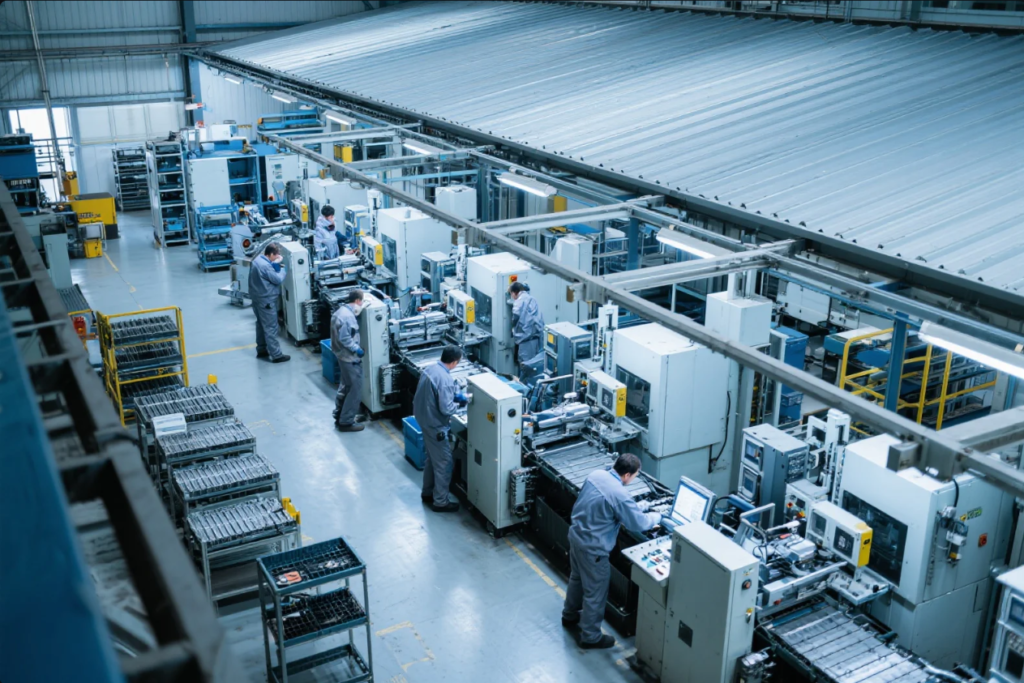
| Supplier Type | Lead Time | Risk Level |
|---|---|---|
| Outsourced vendor | 5–6 weeks | High |
| Prime in-house | 2–4 weeks | Low |
Fewer handoffs = faster results.
5. Apply Concurrent Engineering Instead of Sequential Workflow
Overlap tasks instead of waiting for each to finish.
Traditional workflows move from design → prototype → tool → test. In concurrent engineering, these overlap for faster feedback.
| Workflow Model | Avg Mold Cycle | Revision Loop Time |
|---|---|---|
| Sequential | 5–6 weeks | 2 weeks |
| Concurrent | 3–4 weeks | Days |
Prime coordinates CAD teams, CNC pr ogrammers, and QC engineers from Day 1 to cut down development time.
6. Use Advanced CNC and EDM Machines
Faster machines = faster molds.
At Prime, we use 5-axis Haas CNC centers and Sodick EDM machines to handle intricate features in half the time of older models.

| Machine | Traditional Time | Prime's Time |
|---|---|---|
| 3-axis CNC | 30 hrs | – |
| 5-axis CNC | – | 12 hrs |
| Wire EDM | 15 hrs | 7 hrs |
Modern machines = less machining and rework time.
7. Plan for Maintenance and Revision Loops
Design for adjustability.
Design molds with interchangeable inserts and removable cores so that late-stage tweaks don’t require starting from scratch.
| Maintenance Feature | Time Saved |
|---|---|
| Slide-in inserts | 3–5 days |
| Interchangeable cores | Avoids full remill |
| Wear part access | Same-day repairs |
Prime includes easy-revision zones in all mold base designs, especially for multi-SKU customers.
FAQs
How fast can Prime deliver a prototype mold?
We can deliver aluminum molds in 7–10 working days.
Can digital prototyping replace physical sampling?
In many cases, yes. We use Moldflow + SLA 3D printed samples for validation.
What if my project has multiple part revisions?
We recommend using modular inserts to isolate changes.
What CAD formats are accepted?
STEP, IGES, and SolidWorks native formats.
Do you offer emergency tooling service?
Yes, expedited programs are available upon request.
Conclusion
Reducing mold lead time isn’t just about faster machines—it’s about smarter planning, simulation, and supplier partnership.
📩 Contact: [email protected]
🌐 Visit: https://primecustomparts.com
Let Prime help you reduce production time, avoid rework, and deliver your custom molds on schedule—every time.

